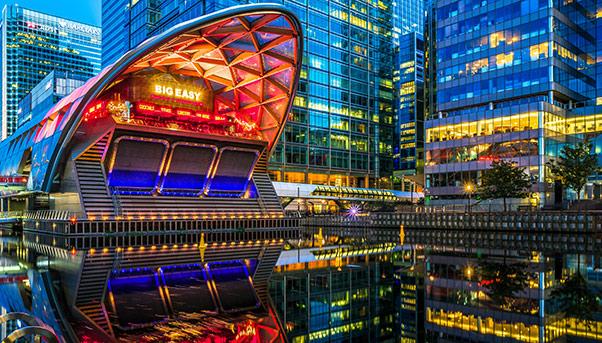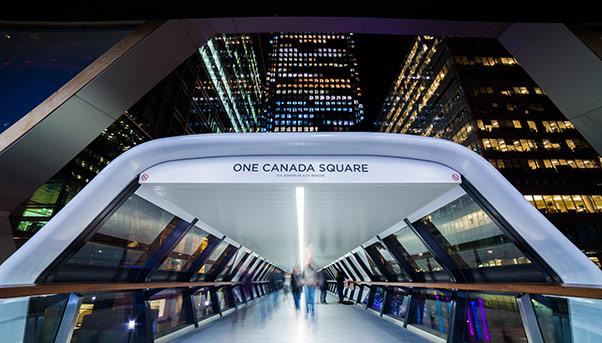
London and Paris may be rival cities, but they often respond in the same way to the challenges they face.
As big cities, they inevitably draw people from elsewhere who are looking for work and a better life.
But the sheer number of new arrivals threatens to overwhelm these two cities despite their size, forcing them to invest in services and, in particular, infrastructure.
In both cases, the kind of infrastructure on which they are spending billions is public transportation. In London, it is the Crossrail; in Paris, the Grand Paris Express. Both are metro lines that will connect the periphery to the centre. The Grand Paris Express will link more than 100 municipalities with the capital, while the Crossrail – renamed the Elizabeth line – will run 100 kilometres through the heart of London.
Their cost is as high as the ambition of their developers. The Grand Paris Express will be nearly €30 billion, while the Crossrail about £25 billion.
Work on both projects is already underway, bringing jobs and economic benefits.
Having already looked at the Grand Paris Express in an earlier issue, “We Build Value” turns its attention to the Crossrail, described on its own website as “among the most significant infrastructure projects ever undertaken” in the United Kingdom.
Crossrail: The Biggest Post-War Project
Work on the new metro line began a year after the passage of the Crossrail Act in 2008 with financing guaranteed by the Department of Transportation and the Transport for London, the authority responsible for the public service throughout the city. The line will connect Reading and Heathrow to the west with Shenfield and Abbey Wood to the east. It will pass 40 stations through the heart of the city, 10 of which will be new.
Eight enormous tunnel-boring machines (TBMs) have been steadily working underground. Between 2012 and 2015, they excavated 42 kilometres, equivalent to 100 metres a week. Once completed, the line will have created an interconnection among some of the city’s most economically important areas such as Heathrow, West End, the City and the Business District. It will have also increased rail capacity by 10%, the biggest since the Second World War.
Making the City Smaller
The Crossrail will obviously reduce travel times. People boarding the metro at Liverpool Street in the city centre will take 34 minutes rather than 55 to reach Heathrow Airport. Meanwhile, a trip from Paddington to Canary Wharf will take 16 minutes instead of 30.
The Crossrail will allow 1.5 million more people to reach the centre in less than 45 minutes. Once it is fully operational in December 2019 (the first section opened in May 2017), the line will serve 200 million people a year, helping to reduce congestion on the other lines and crowds in the stations.

Economic Impact on London
The government expects the Crossrail to give a significant boost to the city, helping create 55,000 full-time jobs and adding an estimated £42 billion to its economy.
The Crossrail will also contribute to an estimated £5.5 billion revaluation of properties along the line, as well as a 25% boom to the value of housing in the centre. Demand for housing will be such that the city foresees the construction of 57,000 homes in the coming years. Even commercial activity is seen rising by an average 10%, giving a boost to services.
According to London Plan, which is overseeing the long-term development of the city, London will have 1.3 million more residents in 2031 and 750,000 new jobs with a 35% increase in demand for public transportation.

